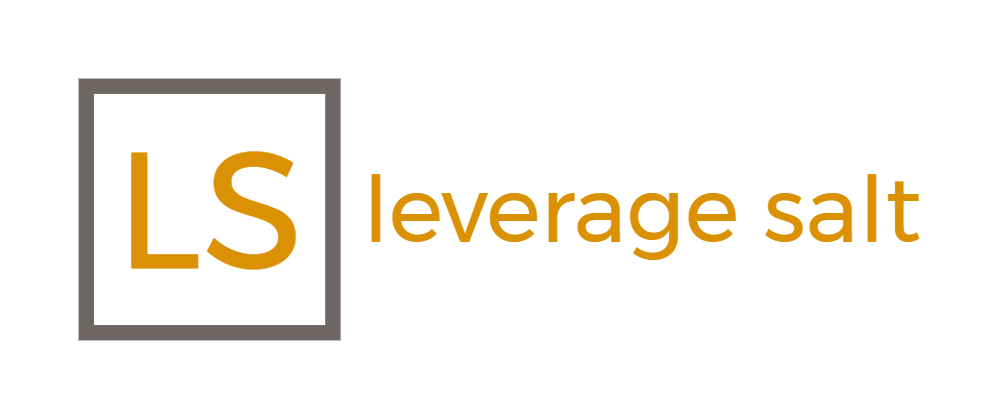At the beginning of my career (20+ years ago), I worked in a large Fortune 500 company tax department solely in the state income tax area (compliance, audits, etc.). It was a lean tax department. It was just the state tax manager and myself handling all of the state income taxes for the company. The company had 40+ subsidiaries operating in 40+ states; meaning, we had a large volume of state tax returns and complex calculations. The group had an insurance company, a financial organization and a few transportation companies. Needless to say, I learned a great deal about state income tax rather quickly.
They didn't teach you state tax in college, so it was all new. I became very interested in analyzing the corporate structure, the filings, and defending the company in audits. During that time is when my interest in state tax grew. I found the lack of uniformity and daily changing of tax laws challenging and surprisingly fun.
At that time, I noticed the group was paying a large amount of tax in one state, so I analyzed the facts and law, and played around in excel and the compliance software to attempt to find a planning idea that would change the result. After some time, I did. I found an idea. I brought the idea to my manager and we mulled it over. About a week later, our external consulting firm brought us the same idea. That's when it hit me, tax departments (especially lean tax departments) are so busy with compliance and audit defense that they leave the planning to their consulting firm.
The problem with leaving the planning to the consulting firm is that the compliance and audit defense areas is where planning ideas often are identified. A consulting firm is generally bringing you ideas that they are applying to multiple clients, or they are doing a reverse audit and reviewing your returns and audit results. Consequently, the tax department is in a perfect position to identify planning ideas.
The next step involves finding a tool that allows you to quantify the idea efficiently, especially for those lean tax departments. Helping tax departments and consulting firms analyze data and find solutions, whether it be compliance, provision, planning or audit defense, is what I am about. In the end, I don't care if the consulting firm or the tax department comes up with the idea. We need both tax departments (close to the facts) and consulting firms (close to multiple clients = opportunities to develop numerous solutions based on different fact patterns = ability to provide a fresh and unique perspective to a company's situation) to be engaged in state tax planning. What I do care about is the ability to more efficiently identify and quantify ideas.
All ideas don't have to be huge and sophisticated. Sometimes a little tweak here or there can produce unexpected value.
I will talk more about this subject in the upcoming Bloomberg BNA webinar on January 19, 2017 entitled, Unitary/Combined vs. Separate Reporting. It is the first of 4 monthly webinars exploring state tax planning strategies. I will be co-presenting with Diane Tinney. Here's a link to the webinar. I hope you register and get practical insights.
Be the state tax hero.
Identify and quantify.
